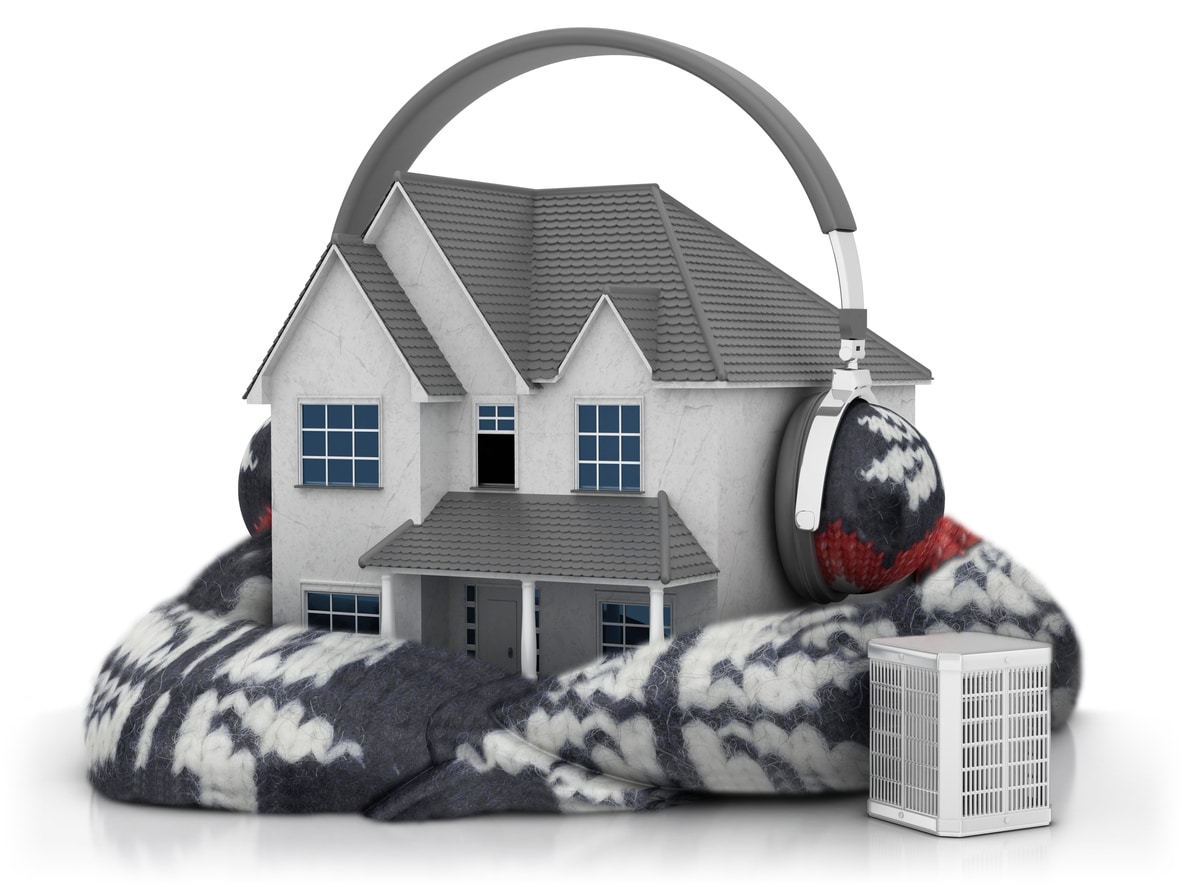
As autumn temperatures slip and daylight hours dwindle, HVAC winterization becomes an increasingly important issue. Cooling and heating components are designed to withstand seasonal temperature changes and even occasional wild weather. However, certain steps are recommended to ensure that outdoor parts of the system endure the season while providing reliable performance and maximum efficiency.
The first step of HVAC winterization is to schedule annual preventative maintenance by a certified heating and air-conditioning technician. This inspection and tuneup provides an up-close check of all components — indoors and outdoors — and ensures greater reliability and lower operating costs throughout the winter.
Here are some more HVAC winterization measures to protect heating and air-conditioning units:
Inspect Furnace Pipes
- Standard-efficiency furnaces vent toxic gases through a standard roof vent. Check that the vent cap on top is in place to keep out birds, squirrels, and other animals that are attracted to heat in cold weather.
- High-efficiency furnaces with AFUE ratings above 90 include a condensate drain pipe extending through a side wall to the outdoors. Make sure debris is not obstructing the free flow of condensate. Clear away weeds or other vegetation close to the pipe opening that might accumulate snow or ice that could block condensate flow.
Check the Outdoor AC Unit
- Remove leaves, sticks, or other debris that have accumulated on top of the unit.
- Confirm that AC side panels are secured and no gaps permit vermin like rats or squirrels to inhabit the unit during winter. These animals chew electrical wiring, potentially causing AC failure.
Protect the Outdoor AC
- Commercially available AC covers are made in sizes to fit outdoor units. Installing a cover keeps dust, leaves, windblown rain, and other elements out of the unit’s condenser coil, compressor, and associated internal electronics.
- Tree limbs or heavy icicles forming along gutters may break and fall on the outdoor AC. A piece of plywood cut to size is good protection to place atop the unit.
As leaves fall and temperatures drop, ask the professionals at Jackson & Sons for more information about HVAC winterization to protect your heating and cooling components through the coming season.